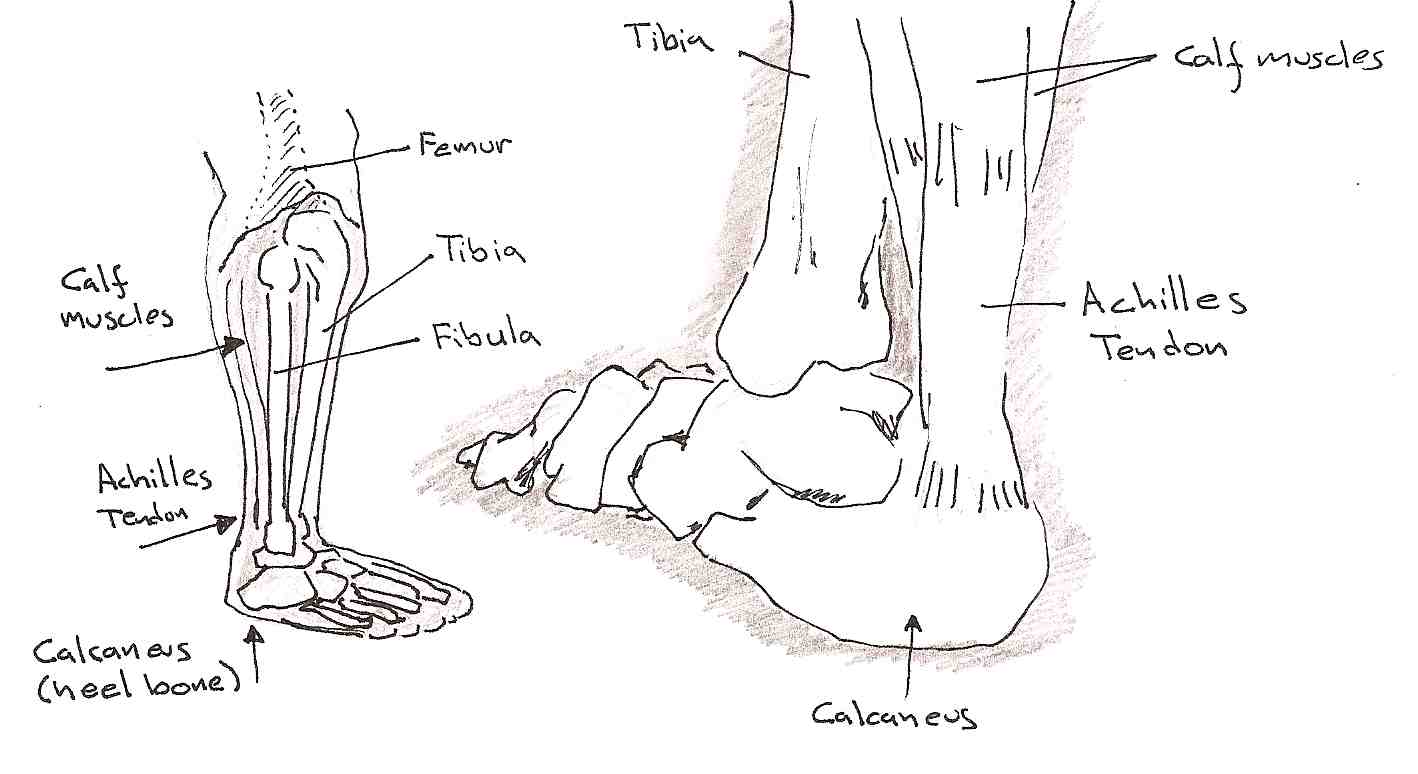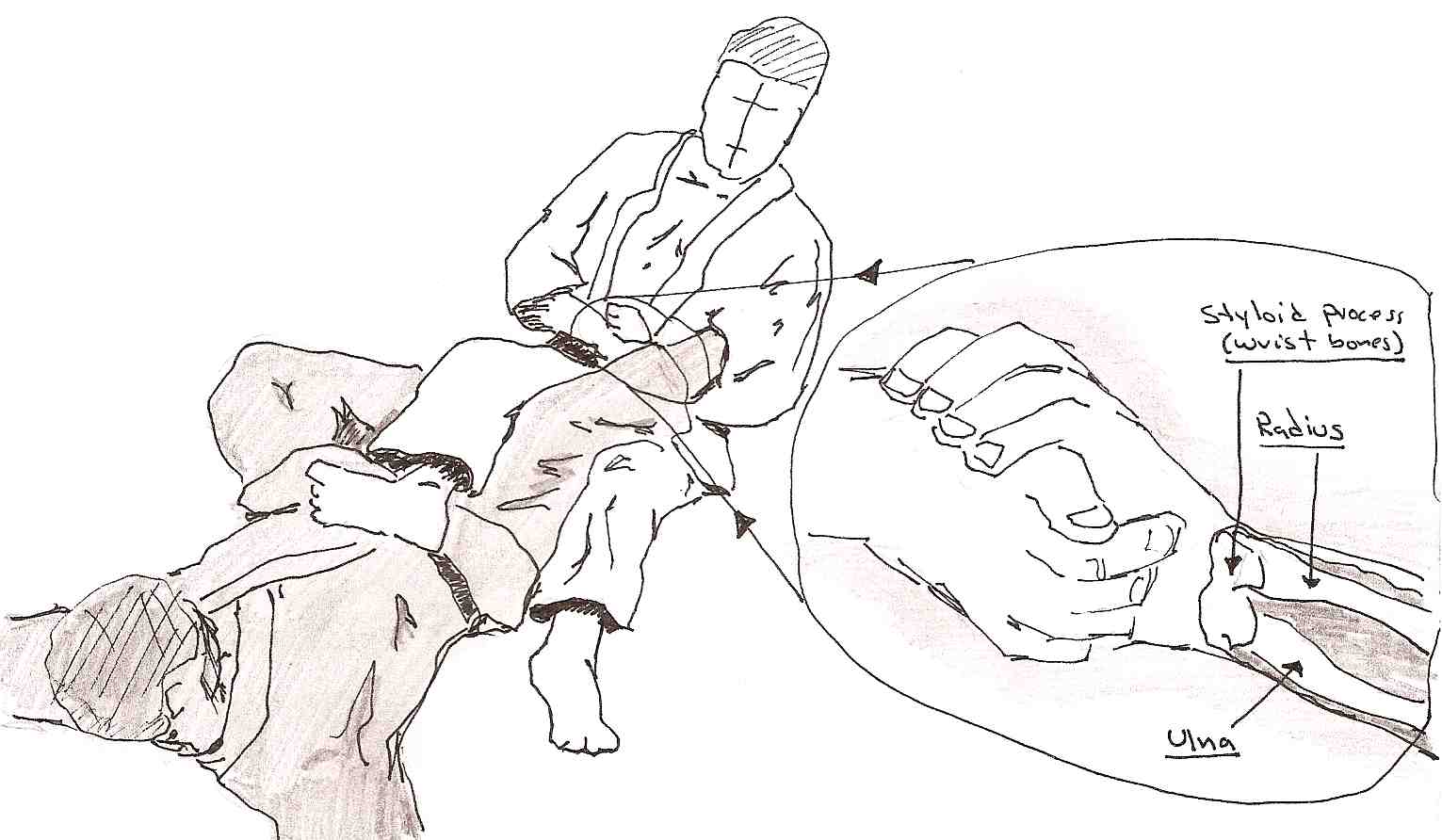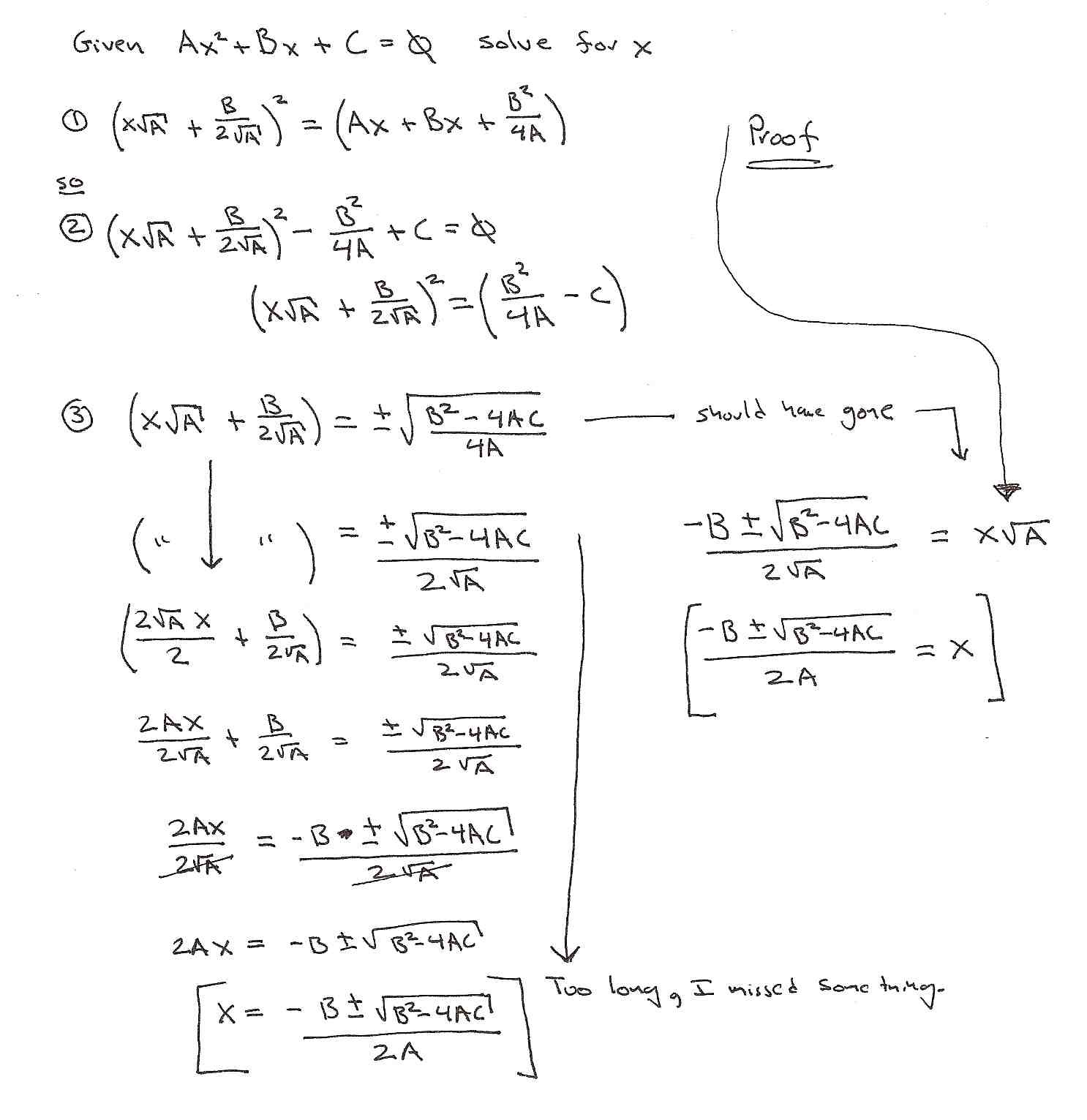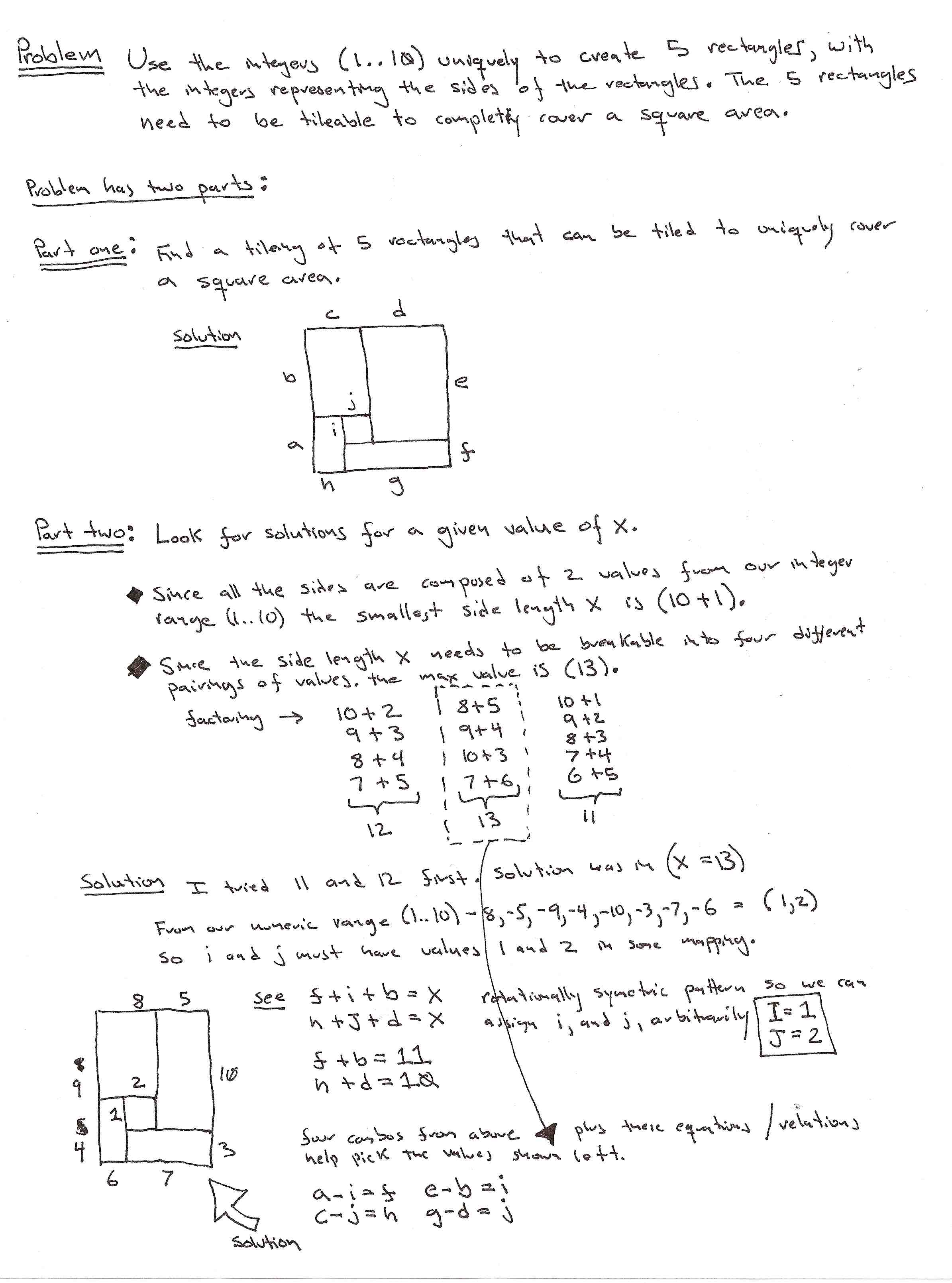Eight eggs look identical except one is lighter. How can you weigh only 2 times on a balance scale to find out which one is lighter?
Month: June 2009
3 Measuring glasses.
There are 3 glasses. The biggest one can hold 24 ounces. The medium one can hold 11 ounces and the smallest one can hold 5 ounces. Now you have 24 ounces of soft drink in the largest glass. Can you use just these 3 glasses to make the largest glass contain 12 ounces of soft drink by pouring soft drink from one glass to another?
Weights of pills
You have 5 jars of pills. Each pill weighs 10 gram, except for contaminated pills contained in one jar, where each pill weighs 9 gm. Given a scale, how could you tell which jar had the contaminated pills in just one measurement?
You have two jars, 50 red marbles and 50 blue marbles. A jar will be picked at random, and then a marble will be picked from the jar. Placing all of the marbles in the jars, how can you maximize the chances of a red marble being picked? What are the exact odds of getting a red marble using your scheme?
as
The problem: If you had an infinite supply of water and a 5 quart and 3 quart pail, how would you measure exactly 4 quarts?
- Fill the 5L container
- Empty the 5L container into the 3L container.
- Empty the 3L container and then re-fill it with the 2L left in the 5L container.
- Refile the 5L container.
- Pour the five liter container int the 3L container which already contains 2L.
Now the 5L container contains (5 – (3-2))L or the desired 4L
Aikido Training June 4th
I need to find a time to train other than the half hour open mat after karate. In combination with the summer heat, the cardio I have added to the workout leaves me wiped. I started doing rolls and was noticing jamming my shoulder a little bit because I was going “floppy” at the mid section. I am not going to count this day towards working out – after the rolls I went to start breakfalls and found I could not sit up from even a single back breakfall. Not cleanly anyway.
Time: 0
10 forward rolls
10 backwards rolls.
During karate I found I am heavier than anyone in the dojo by 25 pounds. I seriously need to get on my weight and suck back down to 180-190.
Achilles Lock
I got to try some ground work with Sensai Robles on tusday night. He hurt his neck and was wearing a t-shirt. This was eye opening as it meant there was no collar on his garment to grab onto. So collar chokes were out. Turns out chokes and strangles are most of my ground work which was an interesting discovery in and of itself and definitely something I need to work on. Since I had nothing to work with on above the wast I kept trying to get Sensai with a figure four ankle lock. Apparently I did a comical job of it because when we were done Sensai though I was trying for the achilles lock. He was giving me the benefit of the doubt – the Achilles Lock is a much better technique to go for from the position I kept working from.
The Achilles Lock is an ankle lock where the Radius of Nage’s arm is driven into the Achilles tendon of Uke. The technique is shown below from a seated position – but it looks like this technique can also be used from a standing position.
The figure below shows the bones and muscles of the lower leg. The Achilles tendon connects the calf muscles to the Calcaneus or heal bone. It sits behind the tibia.

Once Nage positions the radius of his forearm on the achilles tendon of Uke, he sets the technique by arching his back away from Uke. The set is similar in this respect to a seated arm bar. I need to talk to Sensai and ask him to show me ways to setup this technique – I tried this out on two different people at the dojo but just could not get into position to throw the technique.

The achilles tendon connects to one of the strongest muscle groups in the body. It can apparently take 2-12 times the persons body weight when running or jumping. That stress is translated along the length of the leg. Two common achilles injuries are when the achilles stretches or snaps. Since this technique applies force orthogonally to the tendon I am forced to wonder how likely it is to cause achilles injury when applied. If not a snap – certainly a stressing or strain.
This is more along the lines of proving what I know. Kind of struck me that this is a visual representation of something you see in martial arts all the time. You can use techniques you know to force your way through to a valid but un-elegant solution or you can do it elegantly. Both are technically correct but it is pretty obvious which way you should be solving the problem. *ugh* I think I am not up to reviewing though freshman year of high school. Who would have thought I forgot so much.

Training June 2nd
Got a half hour of open mat time after Karate.
10 forward rolls
10 backward rolls
10 Nikyo-undo
10 Sankyo-undo
10 Kote-Gaeshi-undo
20 Tekubi-kosa-undo, Tekubi-joho-kosa-undo -> Still not getting these right. Weight not staying under side.
10 Ikyo-undo
10 Zengo-choyaku-undo
10 Fune-Koki-Undo
10 Koho-Undo
10 Ushiro-undo
I was having problems with Zengo-choyaku-undo where my line kept drifting so I drilled just the footwork for 5 mins.
This problem is representative of a class of problems that I can solve – but only thought brute force. In some cases – like this one – I can winnow my guessing spaces though the use of logic and algebra – but it is still a brute force attack. What I don’t see is how to make a non-brute force algorithmic attack on this problem.
This problem was phrased with five rectangles tiled to cover a square – with a much larger number of squares I could not easily do it by hand and if I was to write a program to do it that attack would also be brute force.
Ugly as it is – here is how I solved this problem.

I just looked at the Mathproblems.info site where I saw this problem and they show three more solutions. One more with side length of 13 and two more with side length of 11. I was less thorough with my search of the 11 options and stopped on 13 after I found the first solution but the techniques seem to be the same for all solutions. Still brute force-ish though. There must be a better way to formalize solving this type of problem.